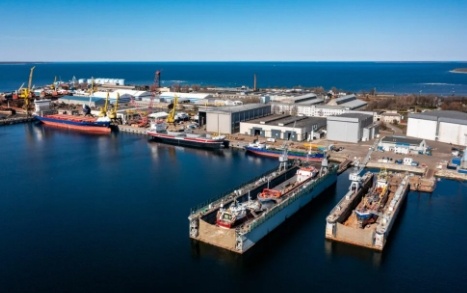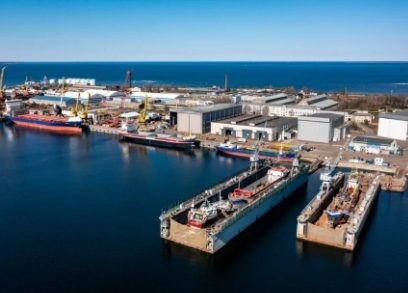Aker Solutions, a Norwegian oilfield services provider, has enlisted the services of a company based in Estonia to supply subsea templates for an upcoming oil and gas field development in the North Sea.
BLRT Grupp’s subsidiary, Marketex Offshore Constructions (MOC), has entered into a contract with Aker Solutions for the construction of nine subsea templates for the Yggdrasil project.
The production of the subsea templates is planned for this year, and they are anticipated to be delivered to the customer in 2024 and 2025. BLRT Group has stated that these foundations will be the largest subsea structures ever built by MOC.
According to the Estonian company, the project will necessitate 340,000 hours of welding, assembly, and machining. These operations will take place in the company’s recently upgraded production facilities located in Tallinn.
Nadezda Vassiljeva, a board member at Marketex Offshore Constructions, explained that a subsea foundation is a sizable steel structure primarily utilized for well-drilling and subsequently as a base for other essential subsea equipment. She emphasized the importance of precise fitting during the installation of equipment at sea.
Hence, when selecting the contractor, several factors were taken into account, such as the contractor’s track record of successful completion of similar complex projects, expertise, timely delivery, adherence to high-quality standards, and commitment to safety requirements.
In December 2022, Aker BP, along with its partners Equinor and PGNiG Upstream Norway, reached a final investment decision to develop the Yggdrasil area. They subsequently submitted plans for development and operation (PDOs) to the Norwegian Ministry of Petroleum and Energy.
The project’s total investments are projected to be approximately NOK 115 billion, which is equivalent to over $10.4 billion. Aker Solutions has been assigned the responsibility of engineering, procurement, and construction (EPC) as well as offshore hook-up tasks for the Hugin A PdQ production platform, weighing 28,000 tons (formerly NOA PdQ), and its 20,500-ton steel jacket substructure.
Additionally, they are tasked with handling the 2,100-ton Hugin B (formerly Frøy) normally unmanned wellhead platform and its associated jacket substructure.

